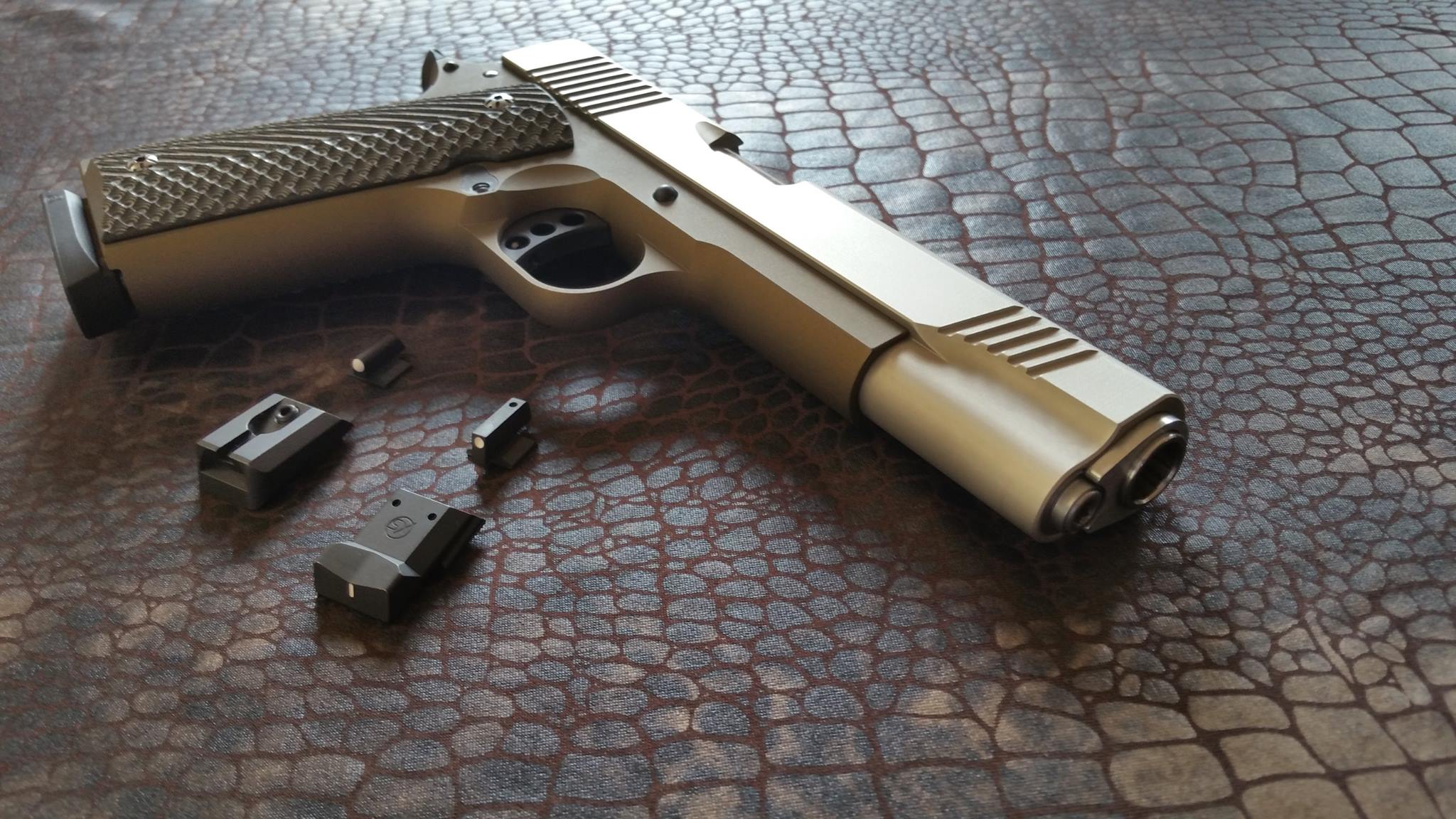ShopTalk with Kip Carpenter: Gunsmithing Opportunity in the Emerging Sport of Cowboy Action Shooting
- SDI Admin
“I’m your huckleberry. That’s just my game.” Most people have heard the line if not said it. Most who have seen the movie Tombstone have wanted to do so while wearing a cowboy hat and looking as stylish as Val Kilmer when they pull it off. Enter the world of cowboy action shooting, under the supervision of the Single Action Shooting Society (SASS) and the Cowboy Fast Draw Association (CFDA).
While discussing article topics, Sonoran Desert Institute (SDI) guru Kip Carpenter brought up cowboy action shooting with a fair amount of zeal. “I really think that this part of the industry is a true untapped resource. This is one of the fastest growing segments of shooting sports and there is simply much more demand than there are specialized gunsmiths to cover it.”
In the last few decades there has been an emphasis on military-based, tactical, precision shooting. The most sought-after firearms have been military staples such as the AR-15 and 1911 platforms. These areas of business, as well as hunting and family heirloom firearms, have been staples of the gunsmithing trade. Kip sees the emergence of cowboy action shooting as a terrific opportunity for emerging gunsmiths to specialize their business. Kip stated, “Man, there’s only a few gunsmiths in the country that specialize in this type of precision firearm. These guys get a lot of business.”
The emergence of these competitive organizations is relatively new with the forming of the SASS in 1987 and the Cowboy Fast Draw Association in 2006. The sport, however, is nothing new with shooters, who have been specializing in fast draw since the post-Civil War Wild West and a heyday of fast draw shooting in 1950s based on television shows like Gunsmoke and Western genre movies that romanticized it. Despite the popularity of these sports, there remain few gunsmiths who claim true specialty in these firearms.
Cowboy Fast Draw Association Executive Director, Cal Eilrich (Quick Cal), was generous to give us some time for this article. Cal started the CFDA in 2006 after a lifetime of competitive shooting experience. The association is family-owned and keeps to its roots by remaining family friendly. Safety is a founding principle of the CFDA and they keep their rulebook conservative. The CFDA limits their firearms to post-Civil War era and no later than turn of the century. There can be no modifications to the firearm outside of the smoothing of internal parts to increase efficiency. The SASS, while not as strict in their regulation of modifications as the CFDA, is equally conservative when compared to sporting groups such as the USPSA. Cal stated, “We allow some work on the action or the smoothing of the hammer so as not to hurt your thumb.” But it is important that the gunsmiths really know what they are doing. “Unfortunately, there just aren’t many gunsmiths that understand,” said Cal when discussing the importance stressed on keeping these firearms within their original factory specifications.
The CFDA and SASS could reduce their restrictions to facilitate easier work on their firearms, but as Cal noted, “Once you let the horses out, it’s hard to get them back.” Reducing restrictions would directly reduce the integrity of a traditional shooting sport such as cowboy action. Once there are modifications allowed to the firearms, it would move the genre into the realm of fighting for competitive advantage, and this is seen by many as a slippery slope. Kip Carpenter reflected a similar sentiment but more from an historical perspective. “My biggest fear as a gunsmith is that the history side of gunsmithing will be distorted and that people will forget our true history.” Whichever stance you take, it is easy to see how important it is to know exactly what you are doing if you decide to work with these traditional firearms.
Just how important is it to be specialized and experienced before working on these firearms? Cal Eilrich mentioned the career of his son, who works with him at the CFDA, and who was sent by his father to study under the famous Bob James (The Arizona Thumber), a custom gunsmith based in Phoenix, Arizona. Cal’s son now works on every firearm at the CFDA facility.
Not every smith can specialize on turn-of-the-century firearms and there’s not many of us who can study under somebody like Bob James. In this case, experience must be the crucible that forms your specialization. It would also not hurt to reach out to organizations like the SASS and CFDA. This work requires absolute care of the firearms. These competitors are extremely serious and you may even see some relic pieces across your bench. So, you really don’t want to mess something up.
Just how fast are cowboy action shooting sports growing? The SASS now has a membership of 90,000 members and the CFDA has grown from 30O in 2006 to their current membership of 5,000. Organizations such as the CDFA use wax bullets, which can be stopped by archery netting. This means that there is no restriction on where members can compete or practice. They have held competitions on city streets, rodeo grounds, and in public parks. This creates an opening not typically seen in shooting sports for anybody to participate, not just those with access to a shooting range. “Some guys even practice at home in their garage with wax ammunition,” Cal stated.
Cowboy action shooting sports are now in every state in the U.S. and there is a growing foothold in worldwide audiences. It is easy to see how Kip Carpenter can get so enthusiastic about the opportunity to work with such firearms. There is definitely an opportunity to do so for the right gunsmiths.

